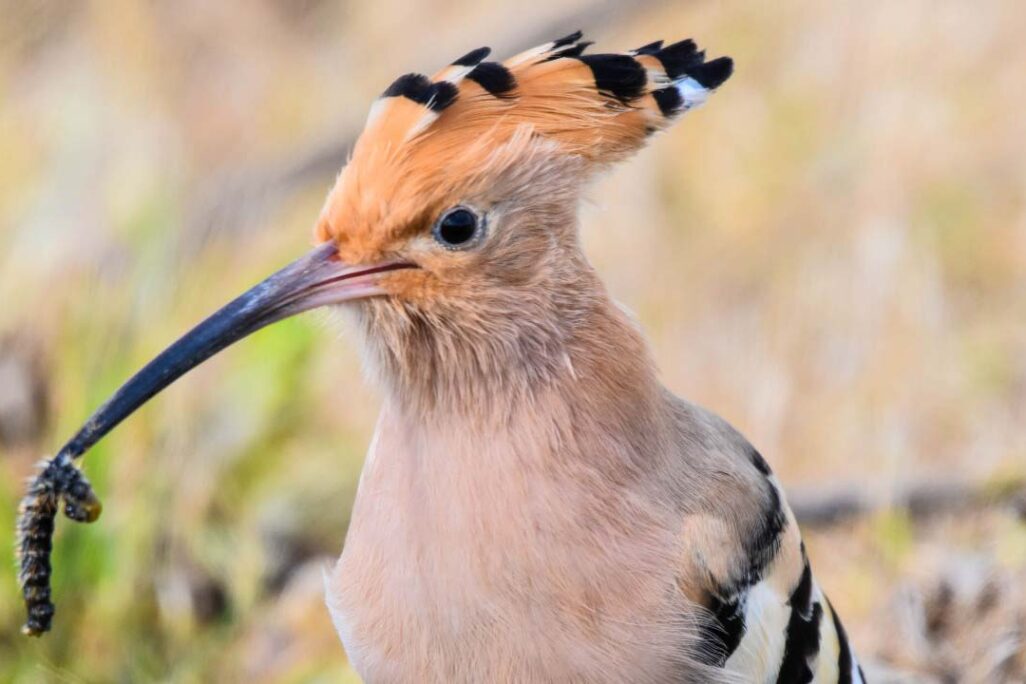Birds, dragonflies, butterflies, lizards and jackals – Israel is a unique habitat for dozens of mammal and reptile species, hundreds of bird species and thousands of insect species. Despite the many changes that the Land of Israel has undergone in the last 150 years, and alongside the presence of about 15 million people between the Jordan River and the sea, the animals remain. In honor of the holiday of Sukkot, we are sharing local encounters with nature.
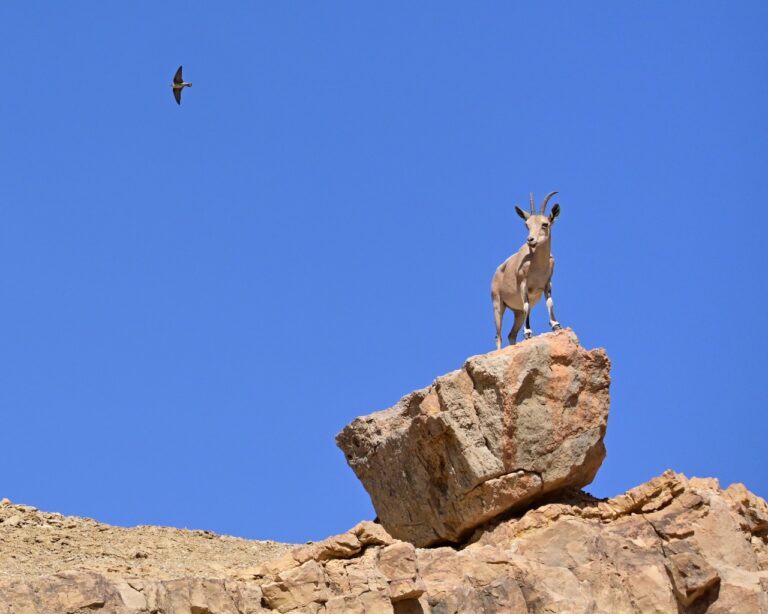
A Nubian ibex and a rock martin in Ein Saharonim, a spring in southern Israel (Photo: Uriel Levy)
The Nubian ibex, the king of the desert cliffs, is in danger of global extinction. At the time of the establishment of the State of Israel, the Nubian ibex was almost completely extinct from Israel, but conservation and restoration efforts have made it a common animal that is observed on almost every trip to the desert. That is why it was chosen as the emblem of the Israel Nature and Parks Authority. Today, according to the Nature and Parks Authority, there are more than 1,000 ibexes in Israel, constituting about half of the world's Nubian ibex population. Flying alongside it is the rock martin – a frenetic bird that is difficult to photograph.
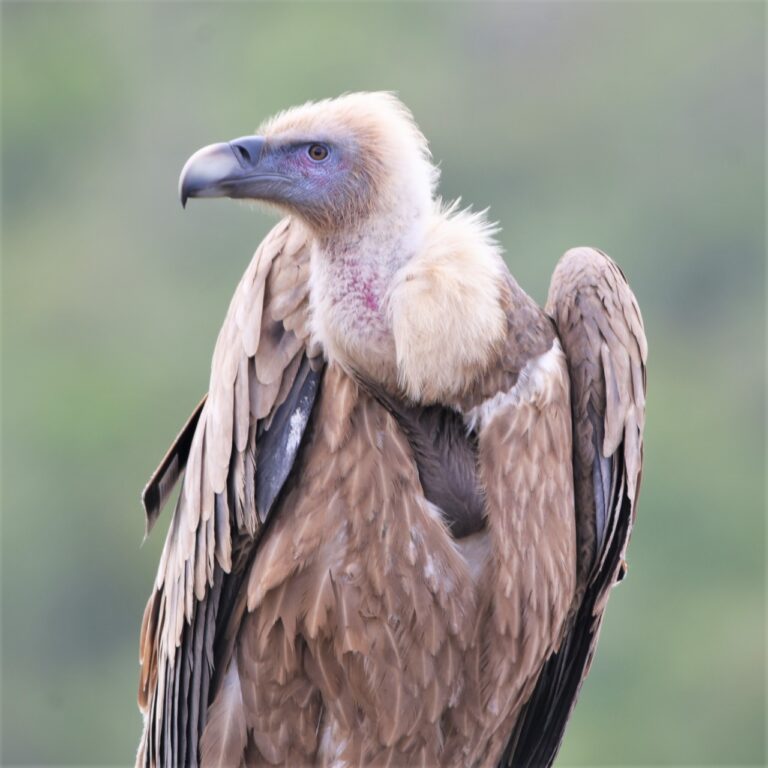
A Eurasian griffon vulture at the Carmel Hai-Bar Nature Reserve in northern Israel. (Photo: Uriel Levy)
Despite the poisonings, and despite facing near extinction – the Eurasian griffon vulture continues to fly in Israel. The great effort of the “Porsim Kanaf” (Spreading Wings) birds of prey conservation project saved the vulture population, and they can be seen in the Carmel Hai-Bar Nature Reserve.
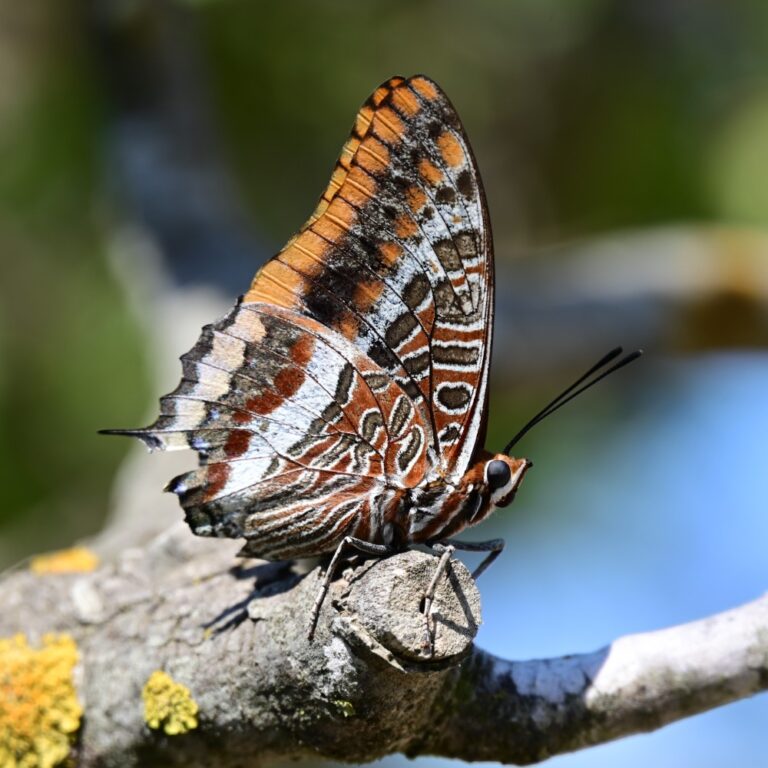
A two-tailed pasha butterfly at the Carmel Hai-Bar Nature Reserve. (Photo: Uriel Levy)
Another creature that lives in the Carmel Hai-Bar Nature Reserve area is the two-tailed pasha butterfly – the largest butterfly in Israel today. In Hebrew, the direct translation for the two-tailed pasha butterfly – “Keisarit HaKatlav” – is “Empress of the Arbutus,” as the butterflies live near arbutus trees.
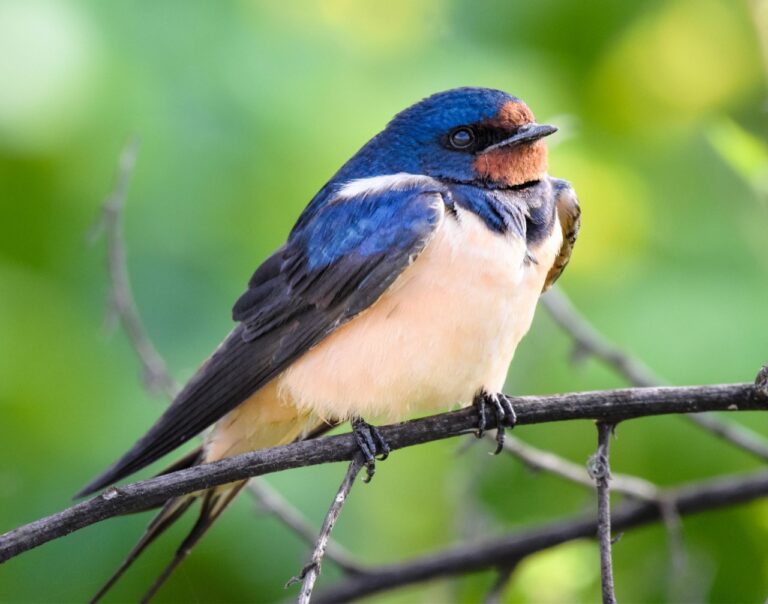
A barn swallow at the Kfar Ruppin Amud Reservoir in northern Israel. (Photo: Uriel Levy)
The swallow heralds the coming of autumn, and the barn swallow is the most common in the country. It usually flies quickly or gathers in rows on electrical wires.
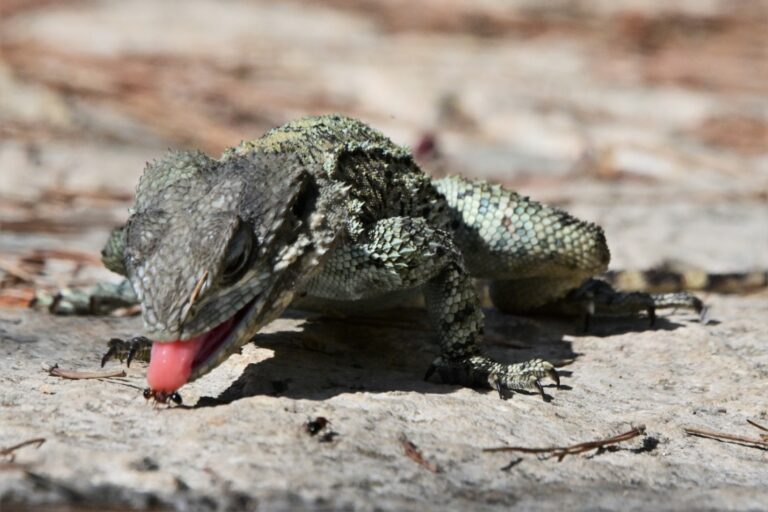
A roughtail rock agama lizard at the Carmel Hai-Bar Nature Reserve. (Photo: Uriel Levy)
The roughtail rock agama lizard is so neglected in this country that it is sometimes unjustly ignored. What a wonder this creature is!
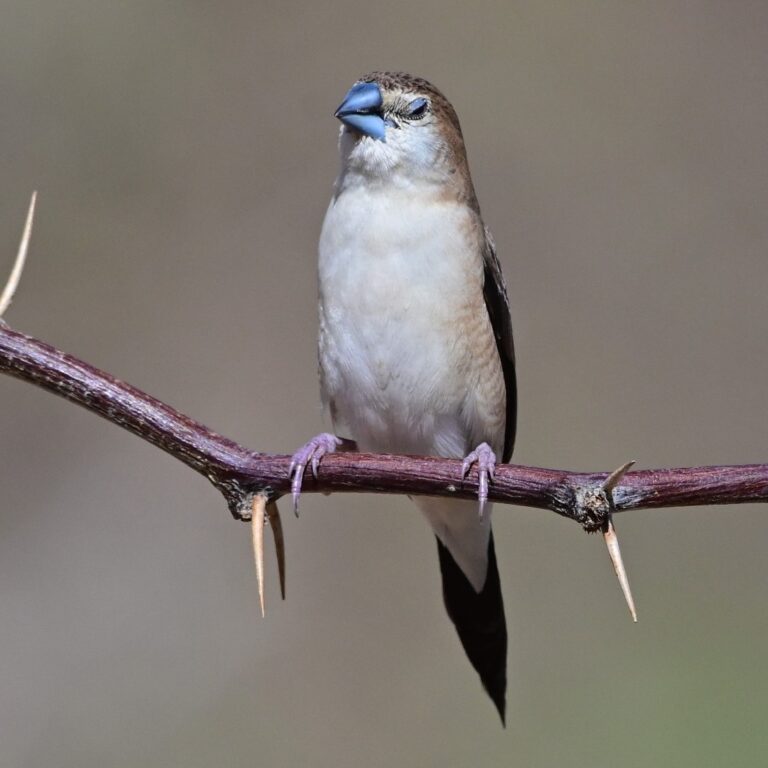
An Indian silverbill at the Eilat Ornithological Park. (Photo: Uriel Levy)
Invasive species usually threaten the fragile ecological fabric, harming other species. Not so with the Indian silverbill. Although it is an invasive species, it is tiny, delicate and a real beauty.
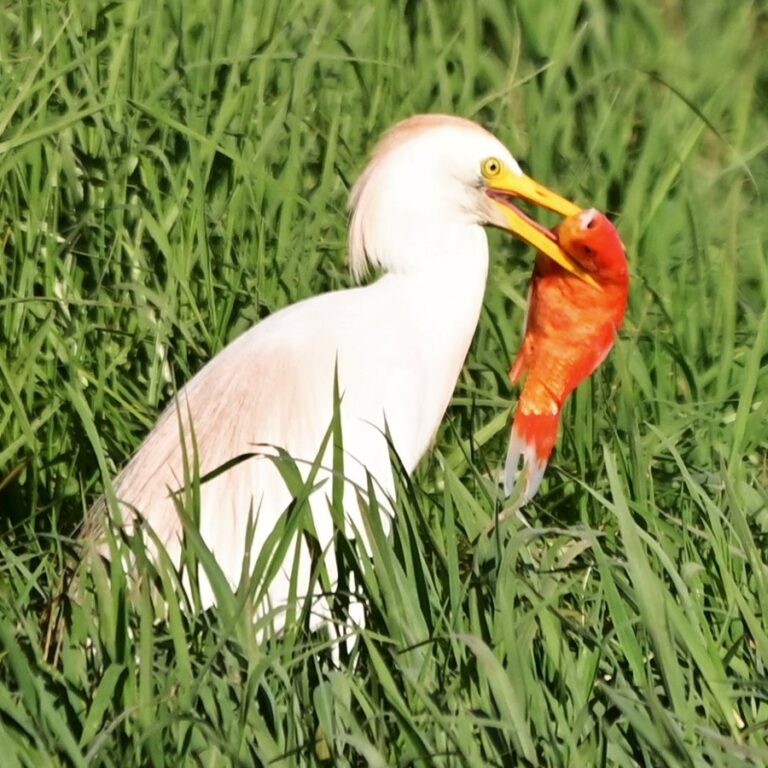
A cattle egret swallows a goldfish at the fishponds of Kibbutz Hazorea in the Jezreel Valley. (Photo: Uriel Levy)
She watches him with a piercing look, and, at the right moment, cuts the water in a swift and sharp motion and retrieves the goldfish. The cattle egret usually settles for a meagre menu of small insects that it finds in the ground or on the backs of cows, but occasionally arranges a festive meal for itself.
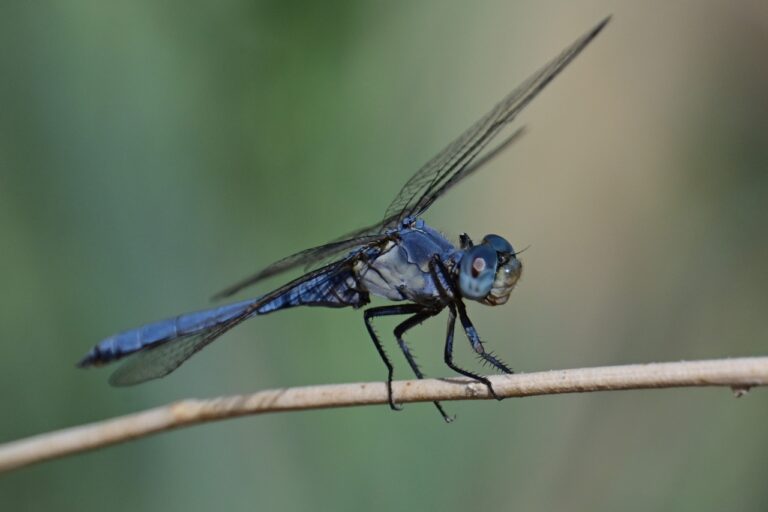
A keeled skimmer dragonfly in Einot Tzukim, a nature reserve by the Dead Sea. (Photo: Uriel Levy)
The Land of Israel is blessed with more than thirty species of dragonfly, and they have been given original and unique Hebrew names. The keeled skimmer – in Hebrew known as the “Richufit Kanim” – is one of the most common dragonflies in waterways throughout the country.
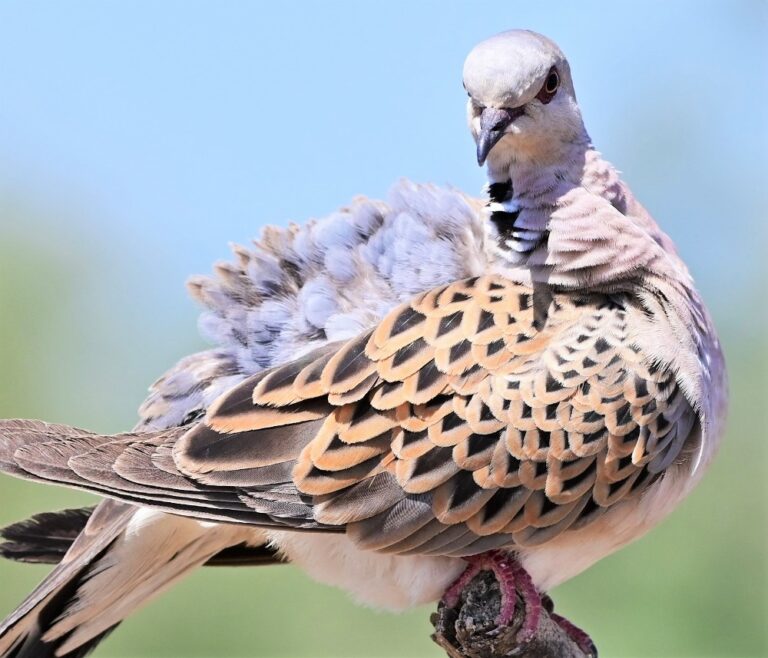
A European turtle dove in Ein HaMifratz. (Photo: Uriel Levy)
The population of European turtle doves is dwindling in the area. In Europe, where the doves migrate in the spring, the bird has already become rare.
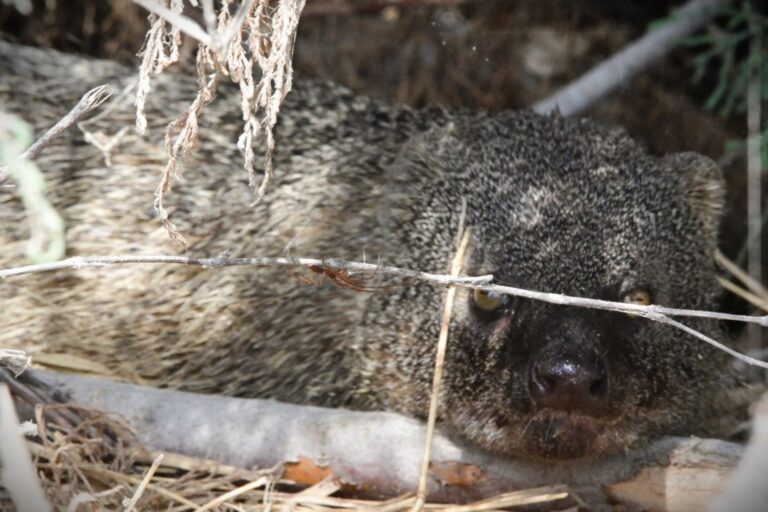
An Egyptian mongoose watches a long jawed spider in Ma’agan Michael, a kibbutz in northern Israel. (Photo: Uriel Levy)
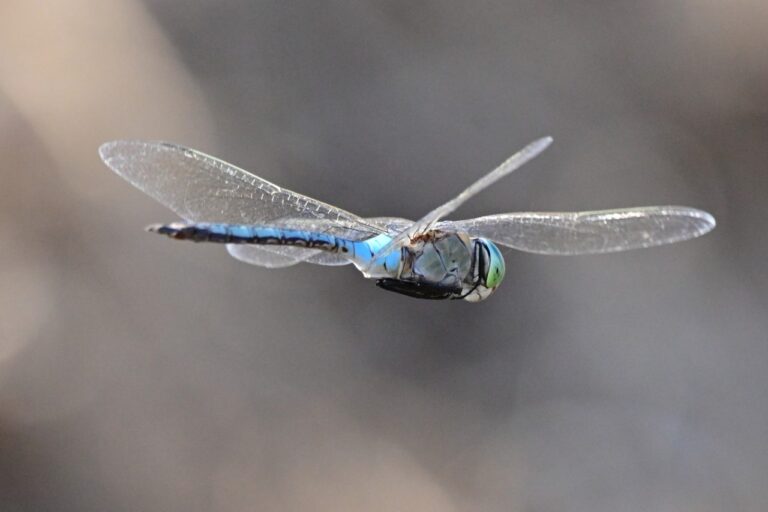
The lesser emperor dragonfly patrolls its territory in a water channel in Ein HaMifratz. (Photo: Uriel Levy)
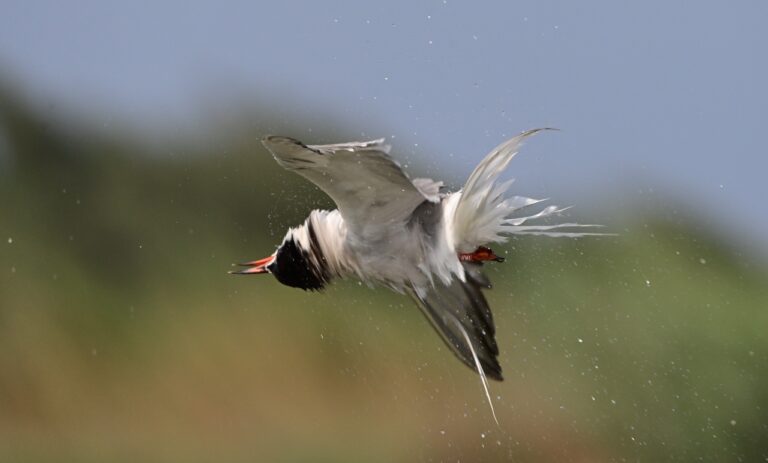
A seagull shakes off to dry its feathers in Ma’ayan Tzvi, a kibbutz in northern Israel. (Photo: Uriel Levy)
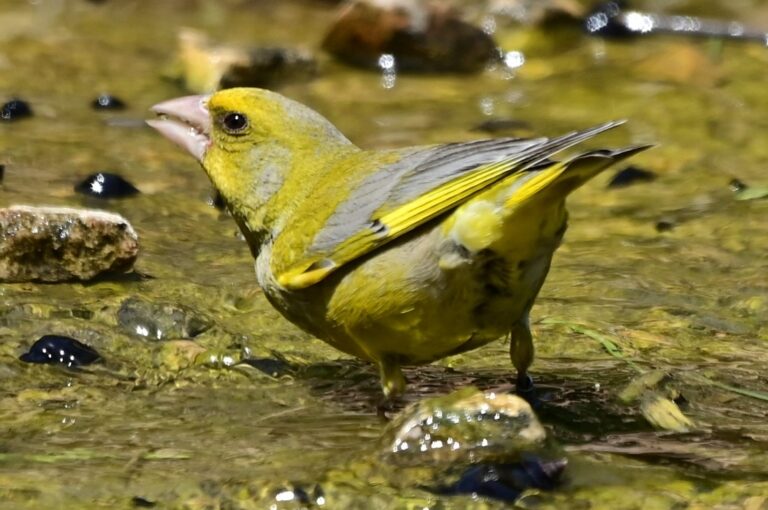
A European greenfinch quenches its thirst at the Jerusalem Bird Observatory. (Photo: Uriel Levy)
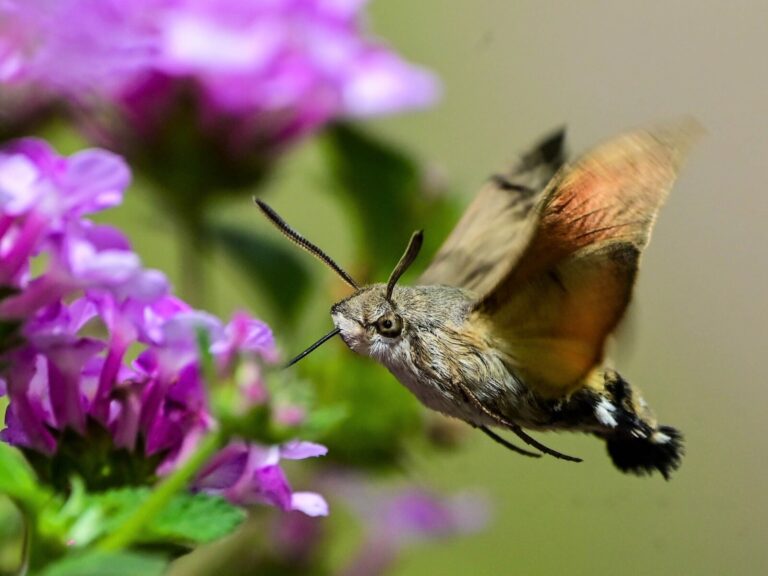
A hummingbird hawk-moth drinks nectar from a trailing lantana on Kibbutz Eshbal in northern Israel. (Photo: Uriel Levy)
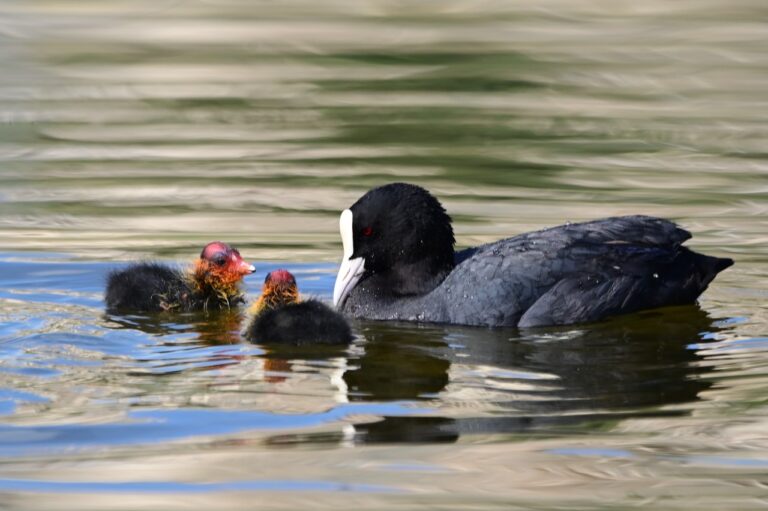
A coot feeds her chicks in Gazelle Valley, Jerusalem. (Photo: Uriel Levy)
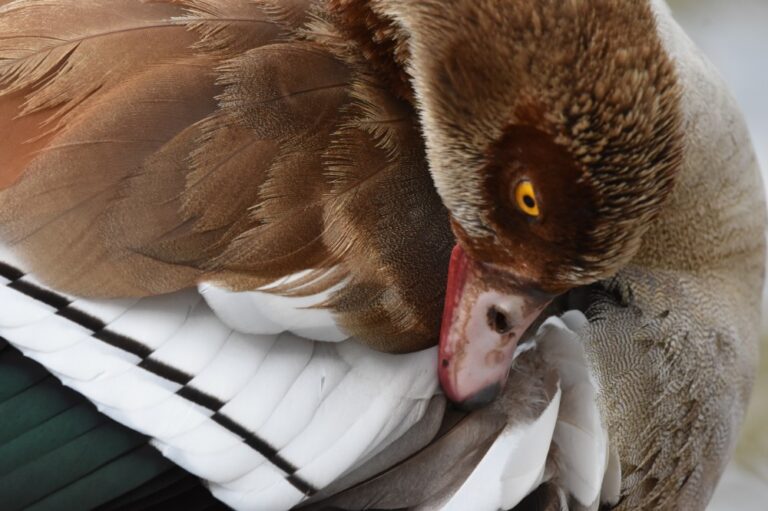
An Egyptian goose cleans her feathers in Yarkon Park in Tel Aviv. (Photo: Uriel Levy)
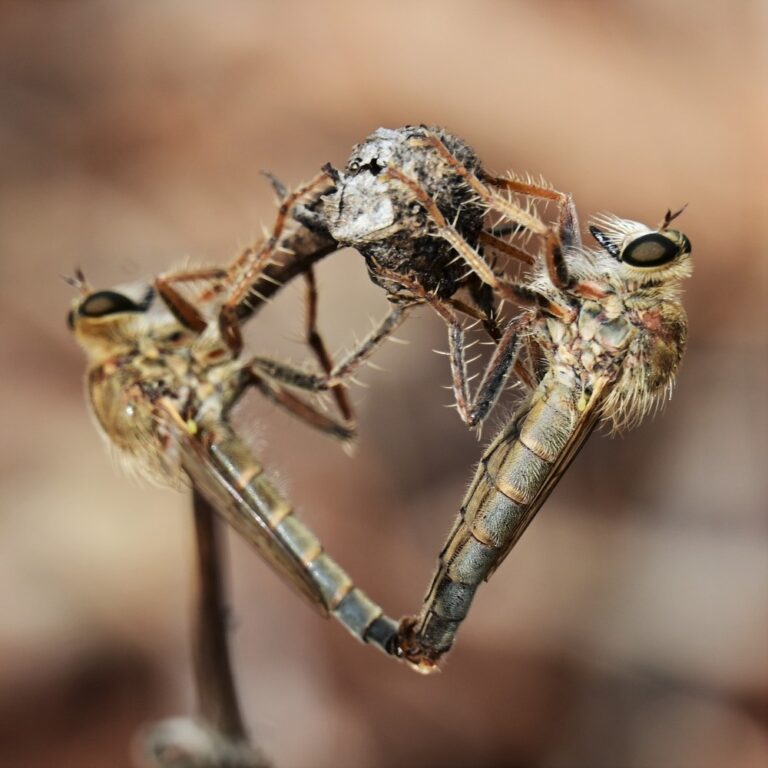
An unknown species of robber fly mates at Kibbutz Eshbal. (Photo: Uriel Levy)
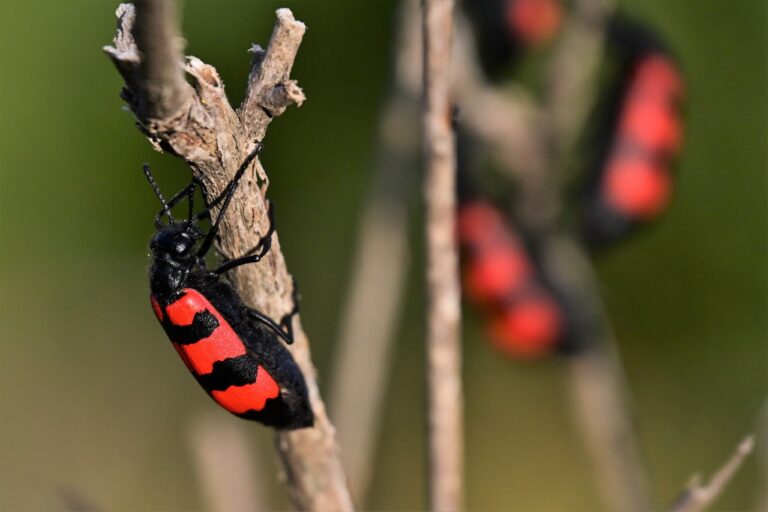
A trichodes affinis checkered beetle before a nuptial flight on Mount Meron. (Photo: Uriel Levy)
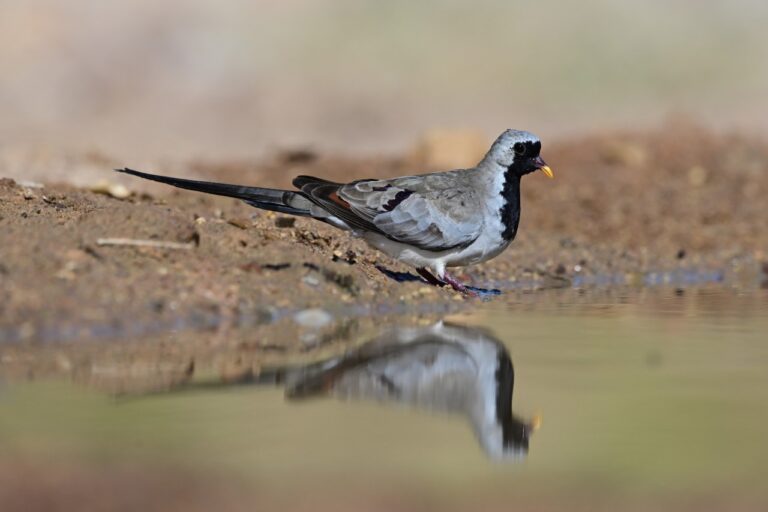
A namaqua dove at the Eilat Ornithological Park. (Photo: Uriel Levy)
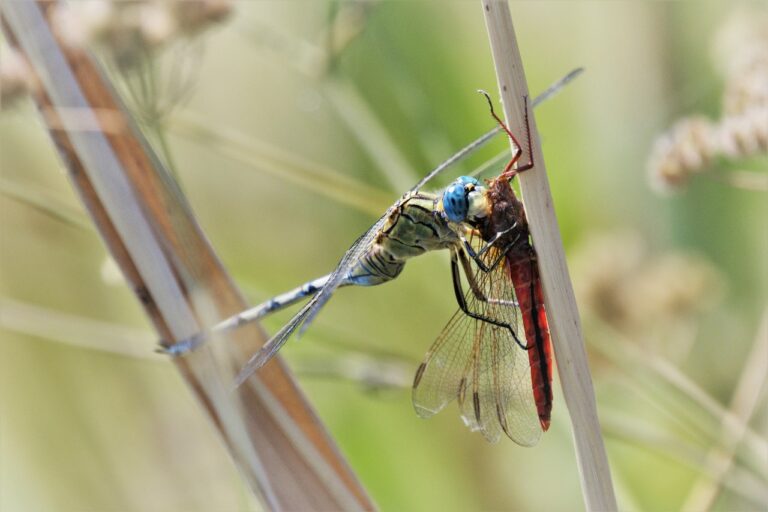
A long skimmer dragonfly eats a scarlet skimmer dragonfly at Kfar Masaryk, a kibbutz in northern Israel. (Photo: Uriel Levy)
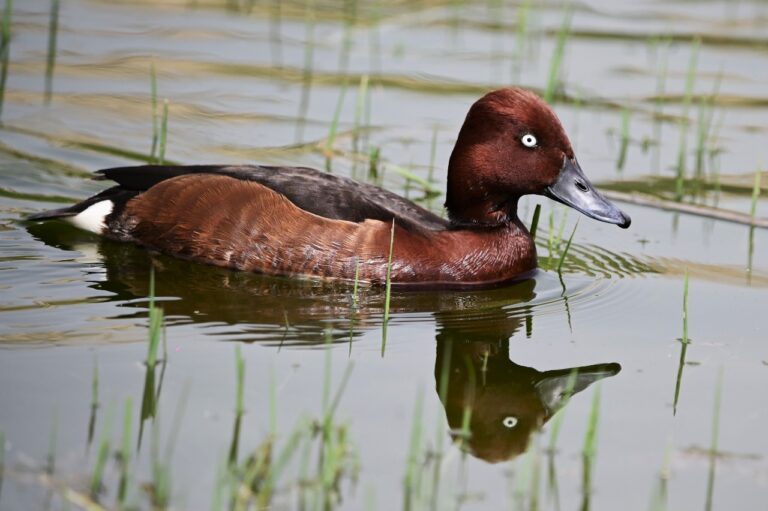
A ferruginous duck in Gazelle Valley, Jerusalem. (Photo: Uriel Levy)
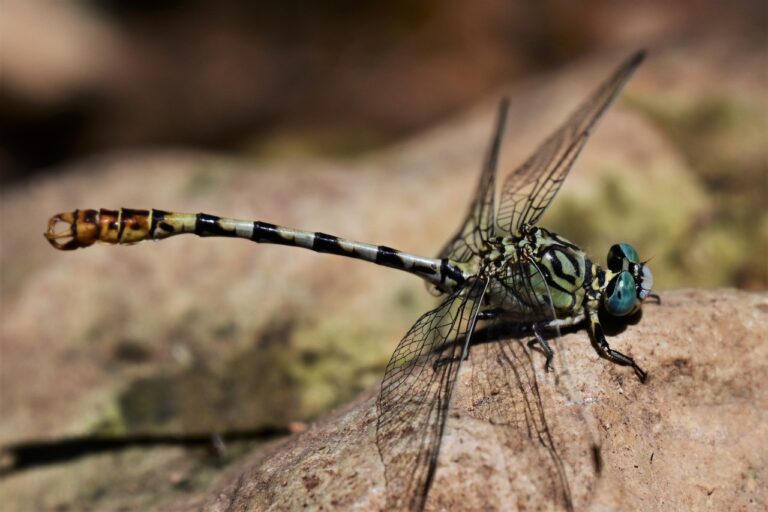
A pale pincertail dragonfly in the upper Nahal Amud, a nature reserve near the Sea of Galilee. (Photo: Uriel Levy)
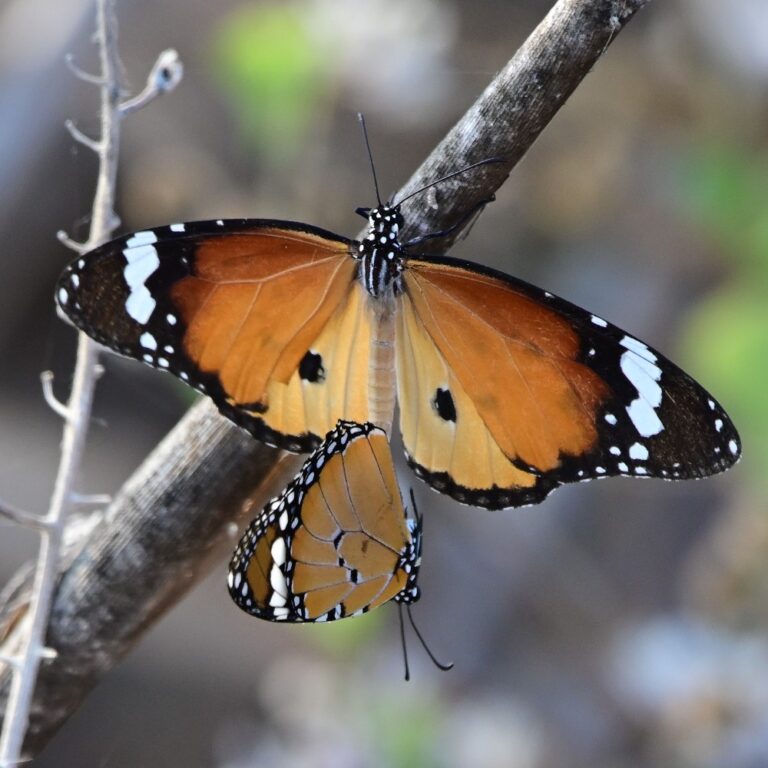
Plain tiger butterflies mate in Ma’ayan Tzvi. (Photo: Uriel Levy)
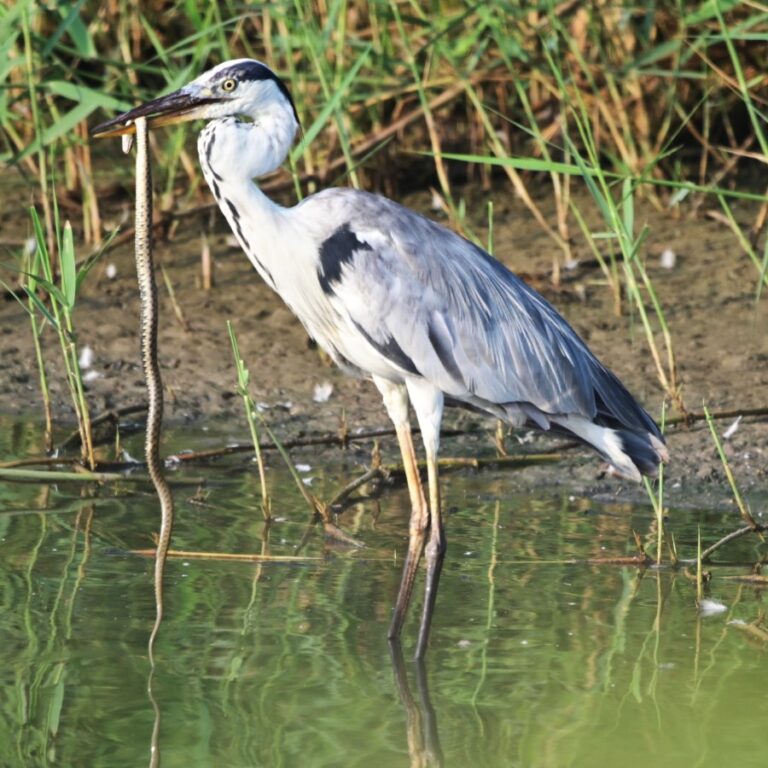
A grey heron eats a dice snake in Ein HaMifratz. (Photo: Uriel Levy)
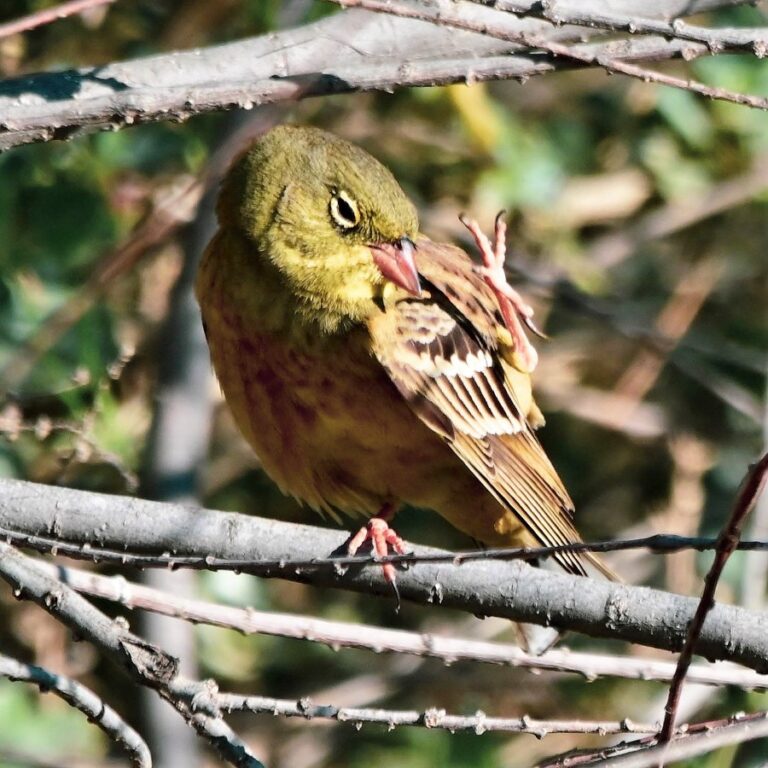
An ortolan bunting does morning exercises at Mitzpe Ramon in the Negev desert. (Photo: Uriel Levy)
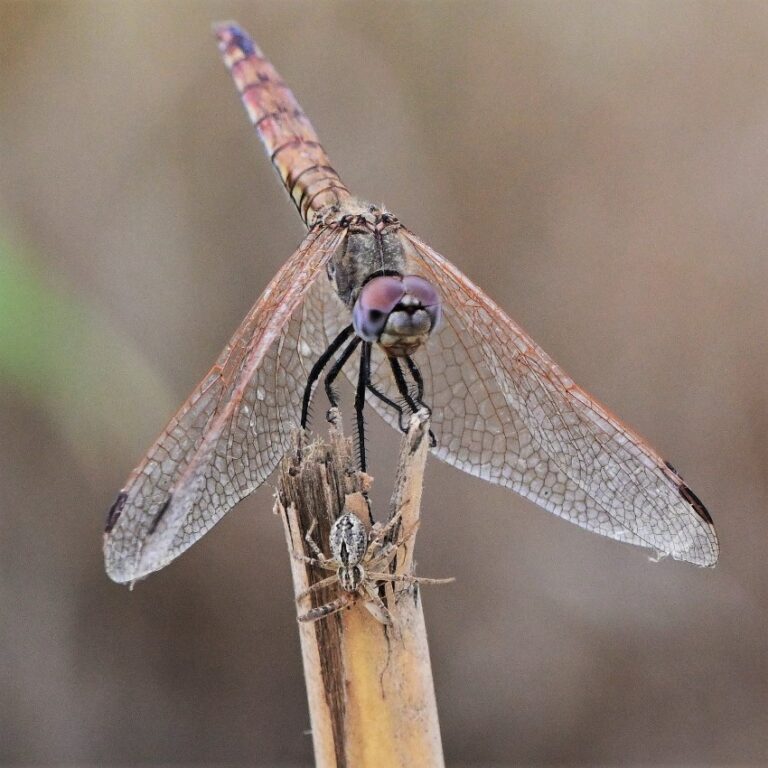
A violet dropwing dragonfly watches a philodromid crab spider eating an insect. (Photo: Uriel Levy)
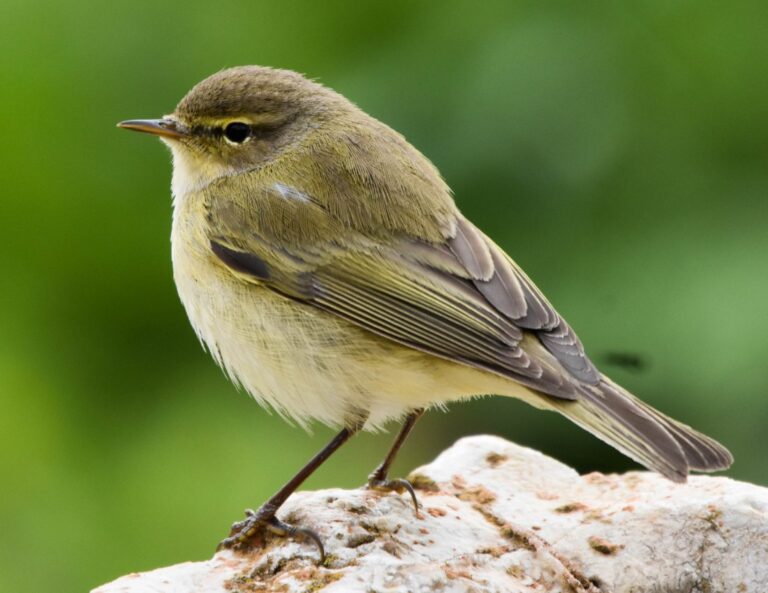
A common chiffchaff on Kibbutz Eshbal. (Photo: Uriel Levy)
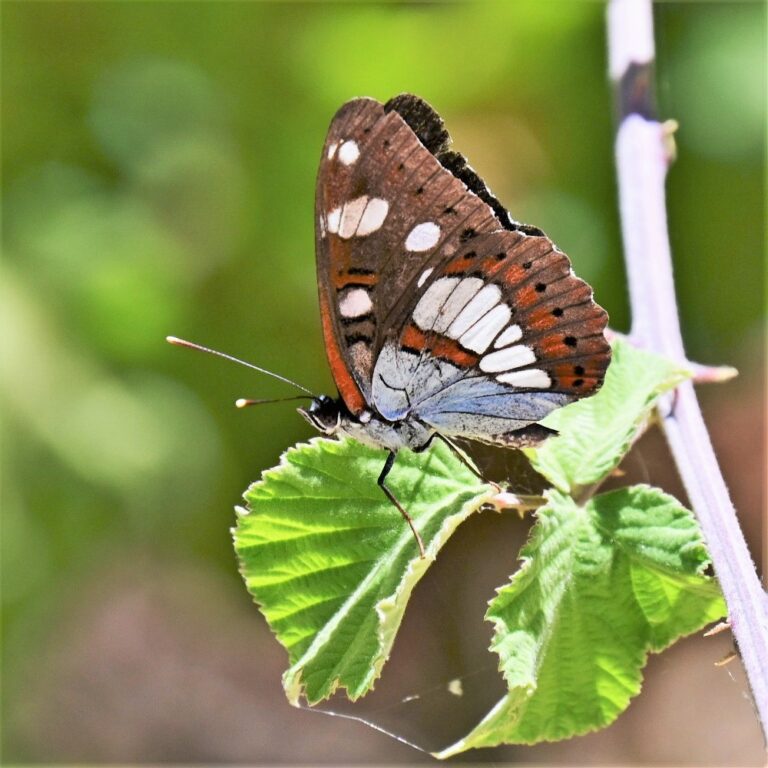
A southern white admiral on a holy bramble in Nahal Meron, a stream in northern Israel. (Photo: Uriel Levy)
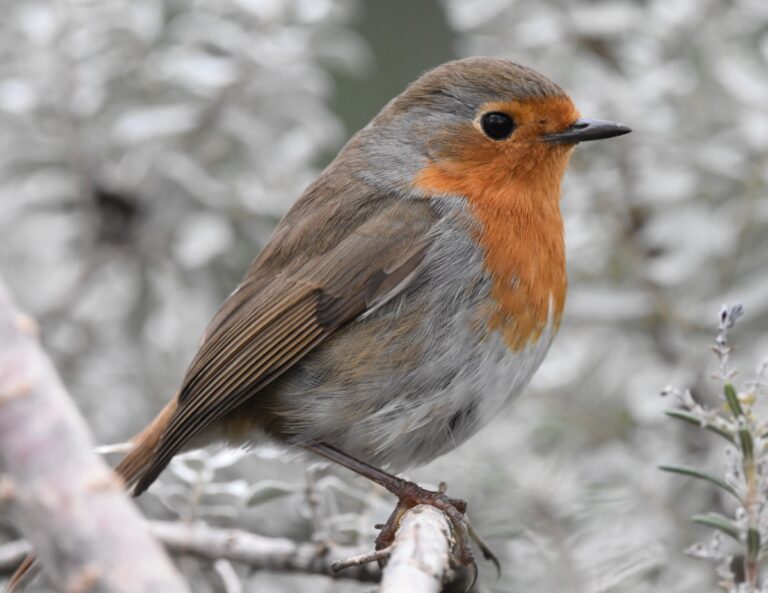
A European robin on Kibbutz Eshbal. (Photo: Uriel Levy)
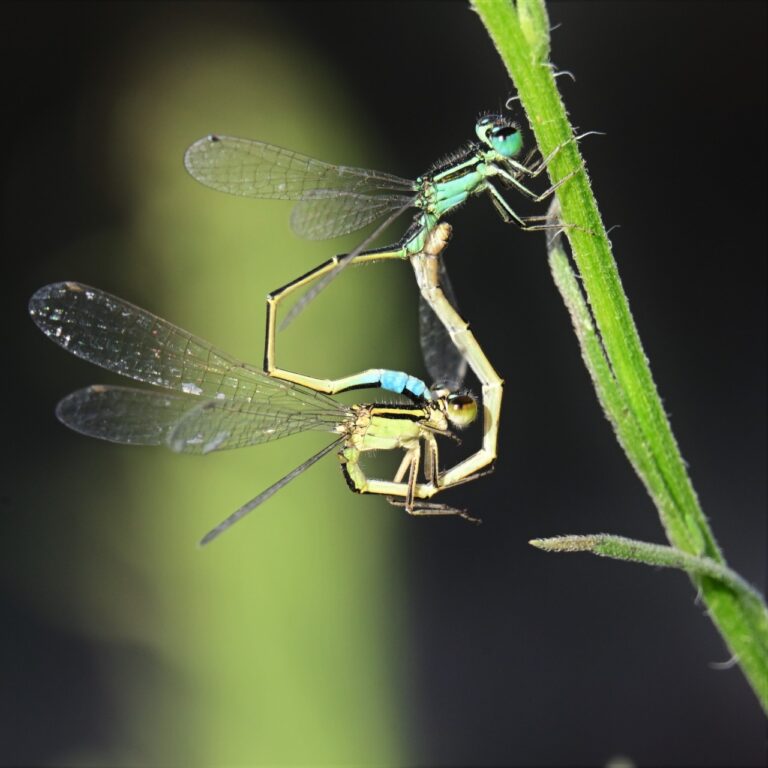
Blue-tailed damselflies mate near the fishponds on Kibbutz HaMa’apil in central Israel. (Photo: Uriel Levy)
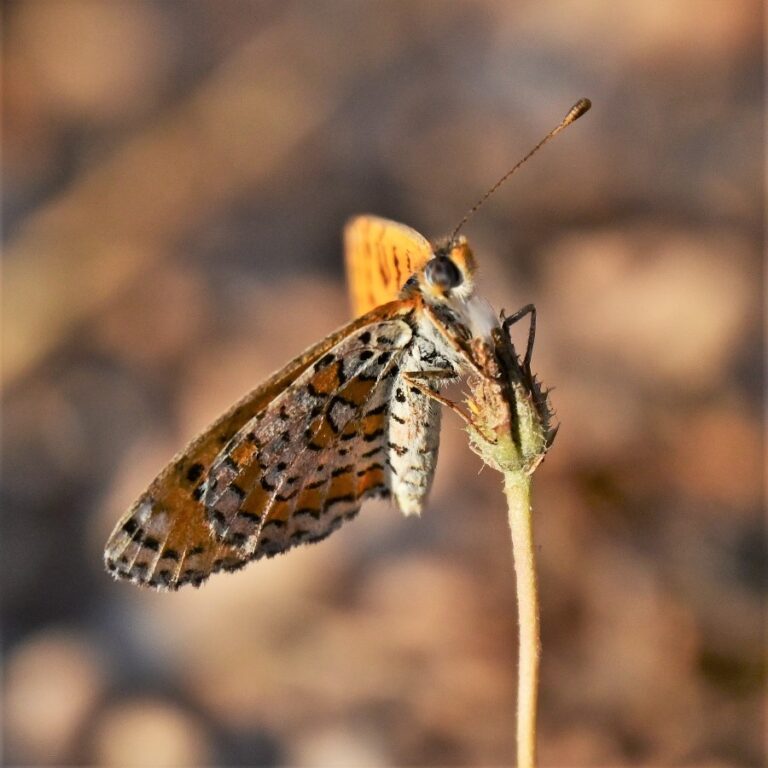
A lesser spotted fritillary on Kibbutz Eshbal. (Photo: Uriel Levy)
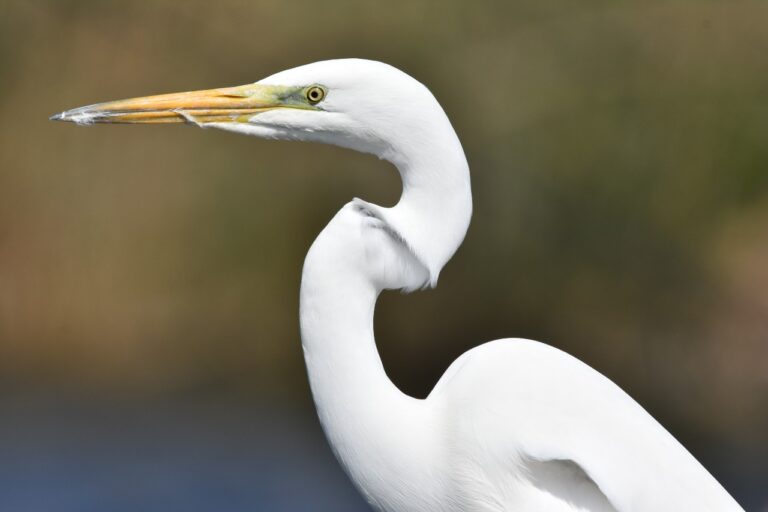
A great egret in Ma’agan Michael, a kibbutz in northern Israel. (Photo: Uriel Levy)
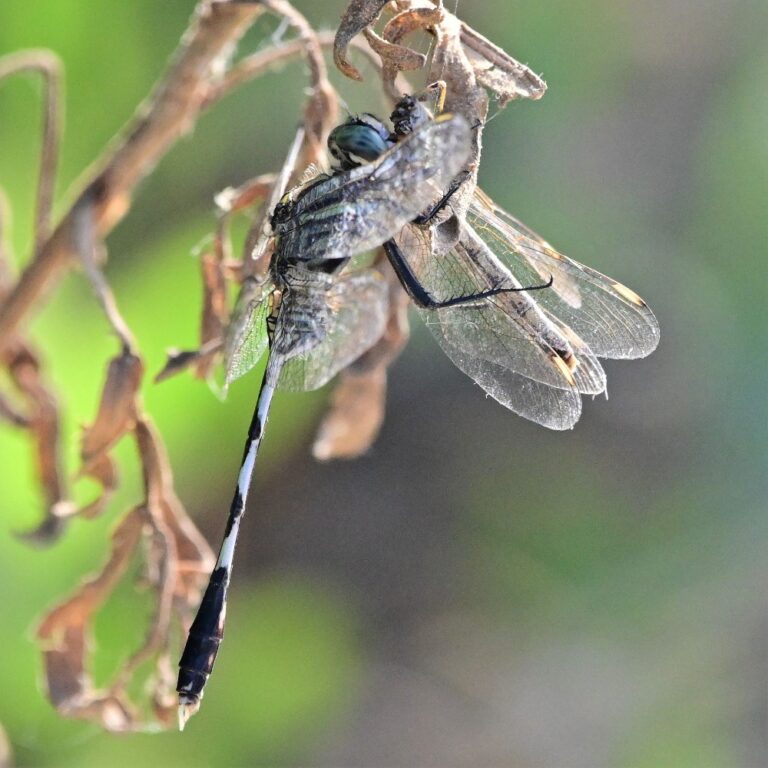
A slender skimmer dragonfly eats a northern banded groundling at the Nahal Dalia estuary in northern Israel. (Photo: Uriel Levy)
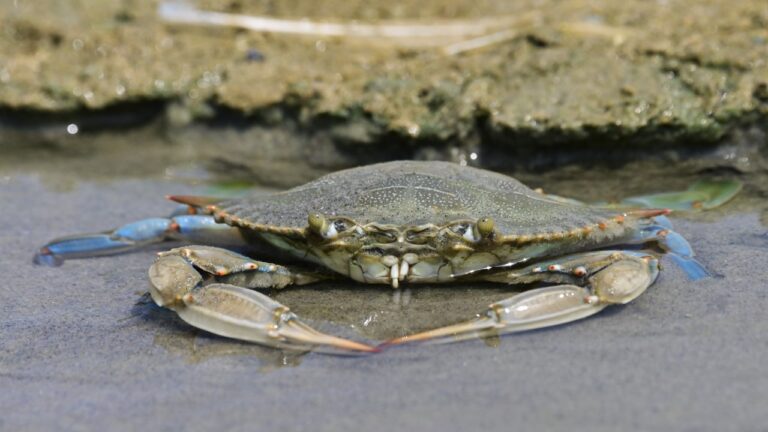
A blue crab at the Nahal Dalia estuary. (Photo: Uriel Levy)
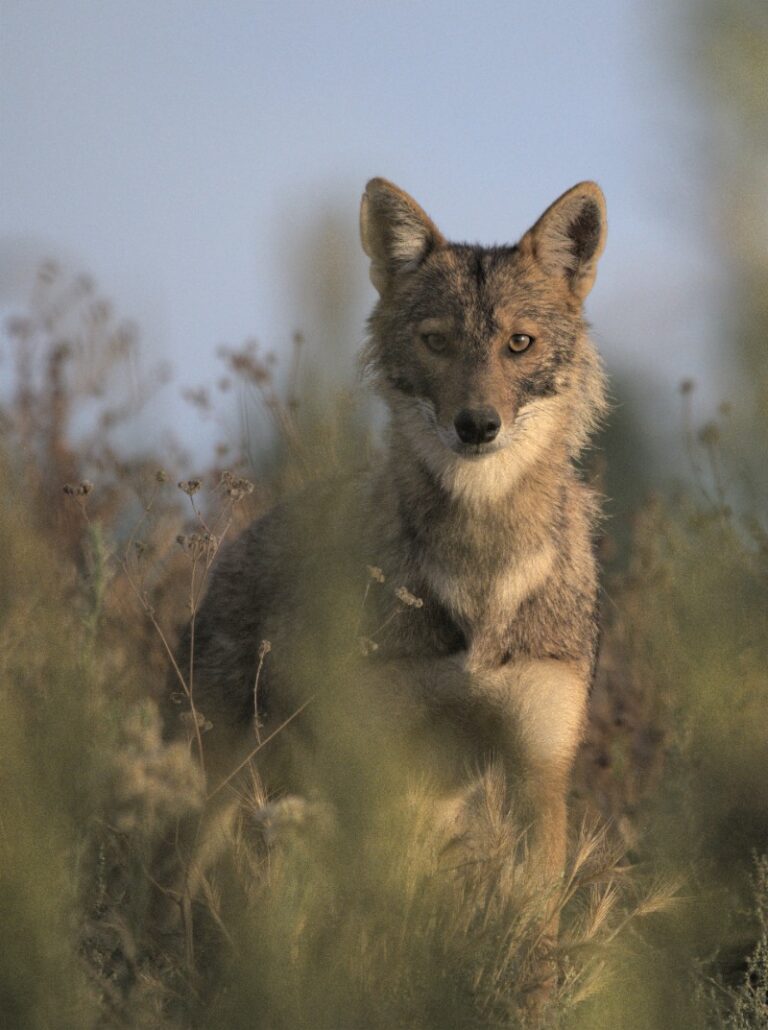
A golden jackal in Kfar Masaryk. (Photo: Uriel Levy)
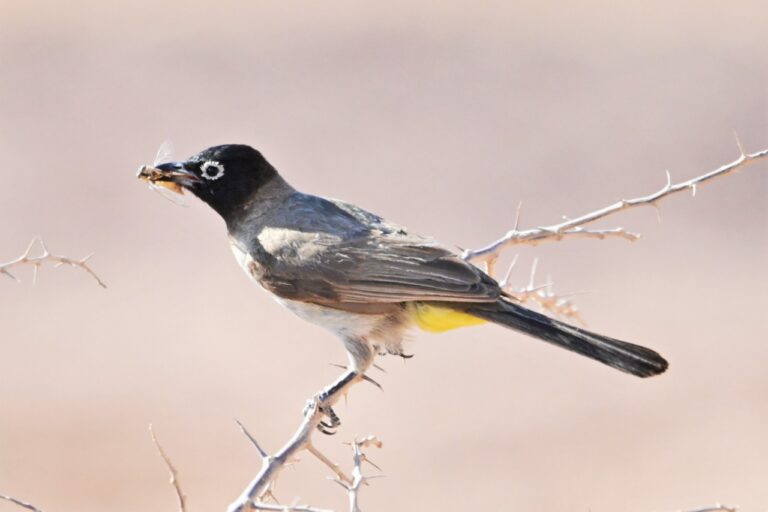
A white-spectacled bulbul eats a moth in Makhtesh Ramon in the Negev desert. (Photo: Uriel Levy)
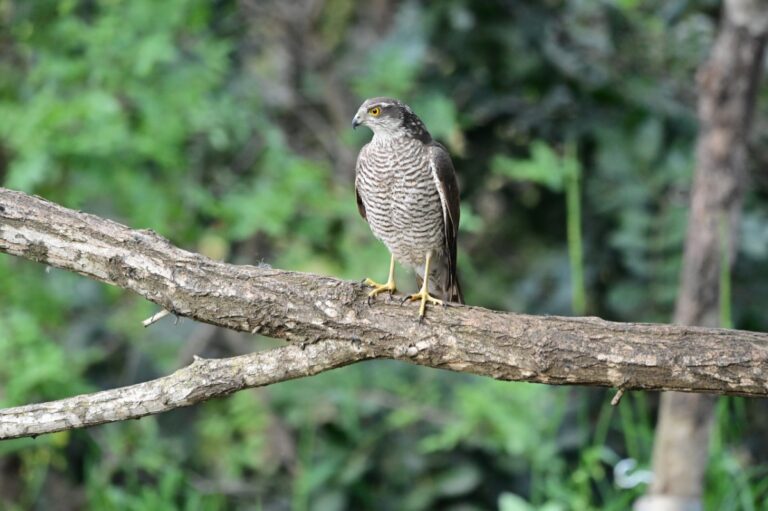
A Eurasian sparrowhawk at the Jerusalem Bird Observatory. (Photo: Uriel Levy)
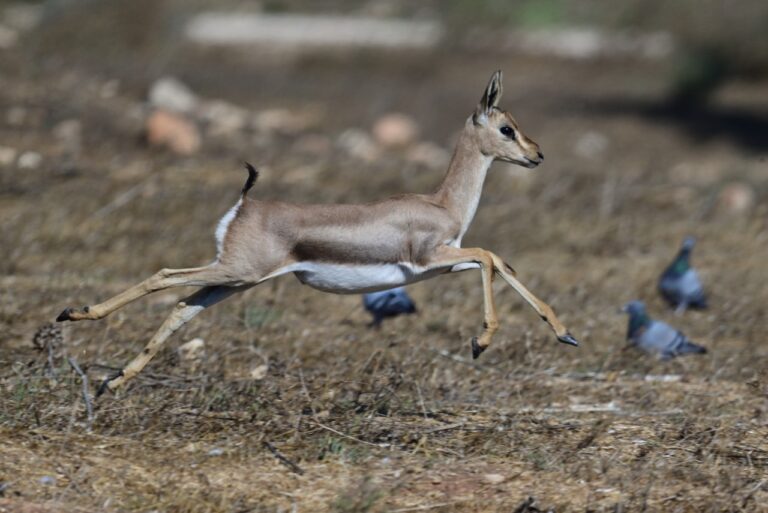
A Palestine mountain gazelle in the Gazelle Valley, Jerusalem. (Photo: Uriel Levy)
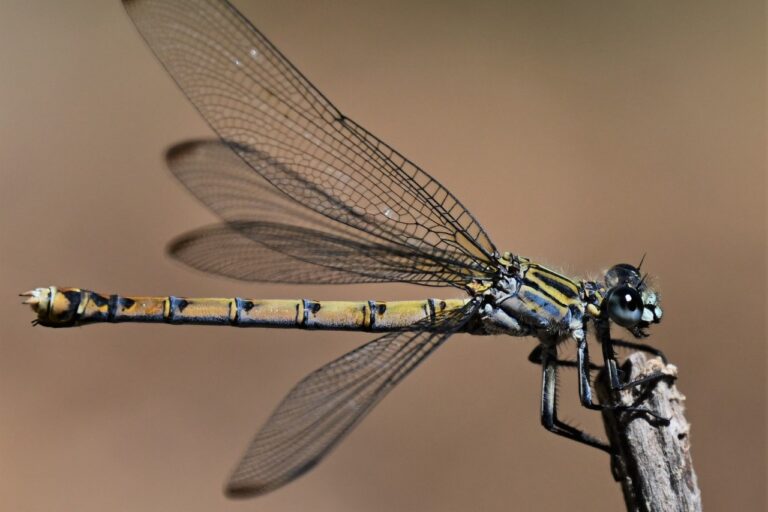
An Oriental damselfly at Nahal Amud. (Photo: Uriel Levy)
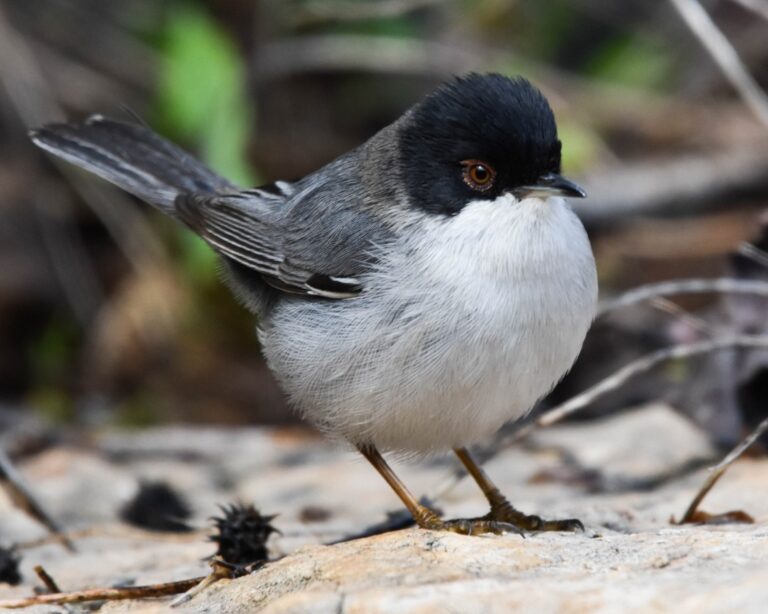
A Sardinian warbler on Kibbutz Eshbal. (Photo: Uriel Levy)
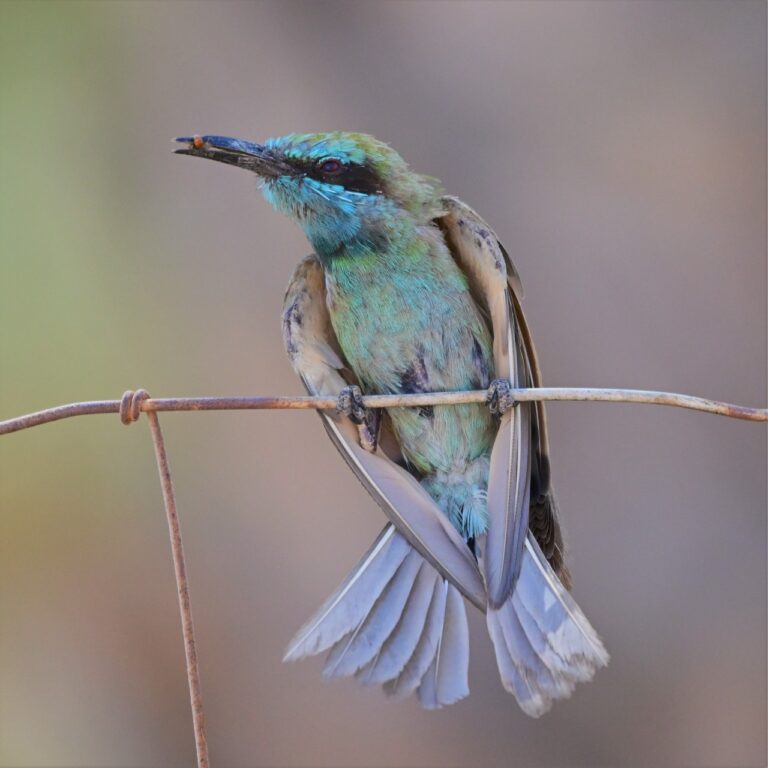
An Asian green bee-eater eats a bee in Eilat. (Photo: Uriel Levy)
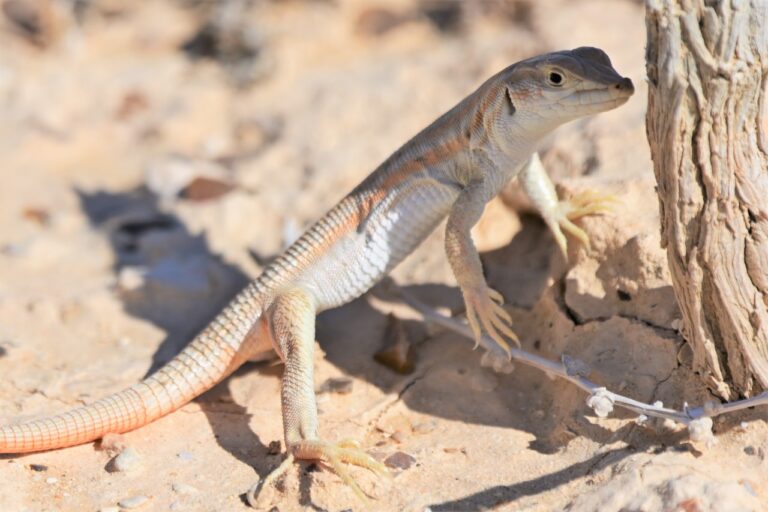
A Bosc's fringe-toed lizard in Nahal Hemda in southern Israel. (Photo: Uriel Levy)
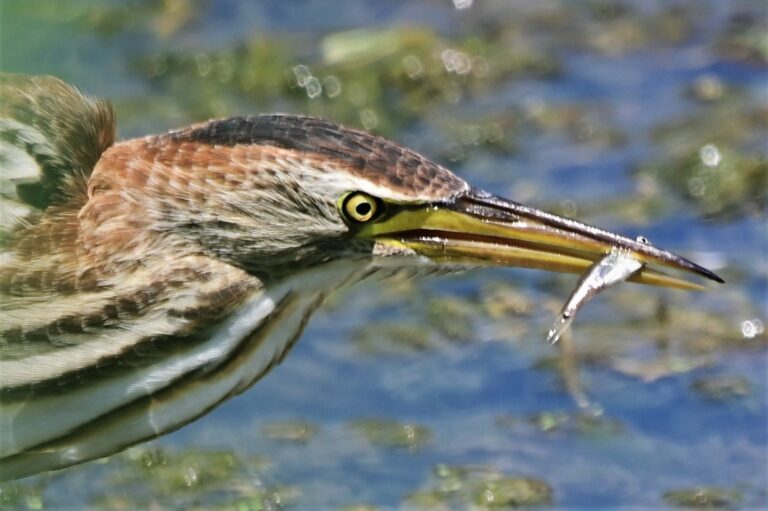
A little bittern that’s caught a fish in the Hula Nature Reserve in northern Israel. (Photo: Uriel Levy)
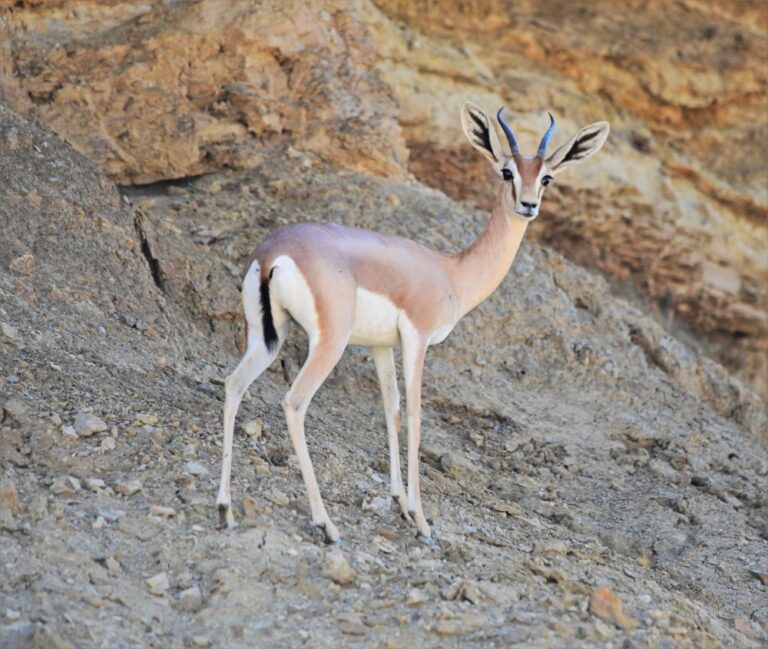
A dorcas gazelle in Makhtesh Ramon. (Photo: Uriel Levy)
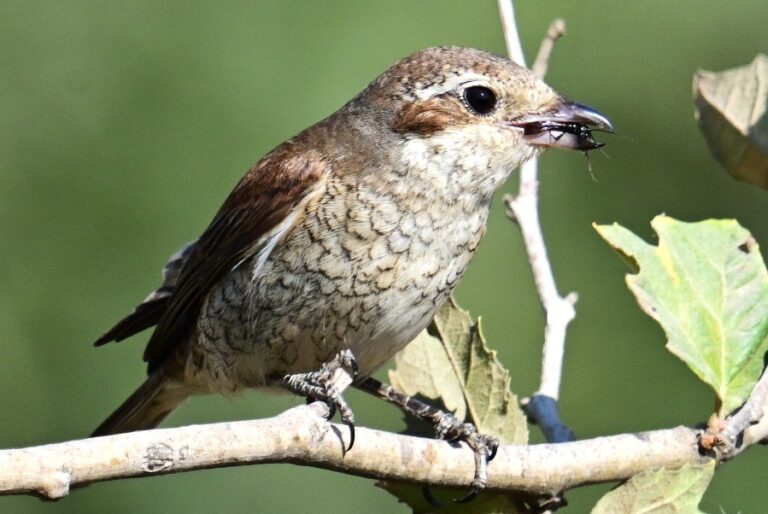
A female red-backed shrike in the Gazelle Valley, Jerusalem. (Photo: Uriel Levy)
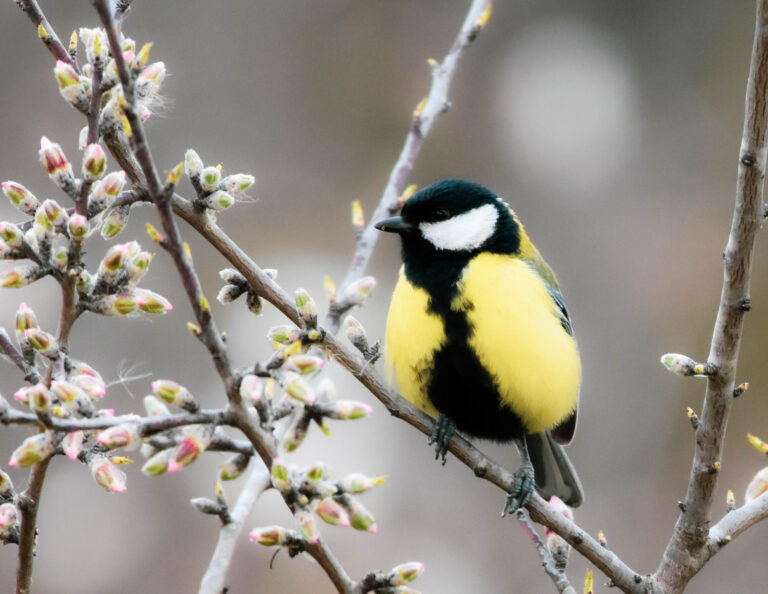
A great tit on an almond tree in the Gazelle Valley, Jerusalem (Photo: Uriel Levy)
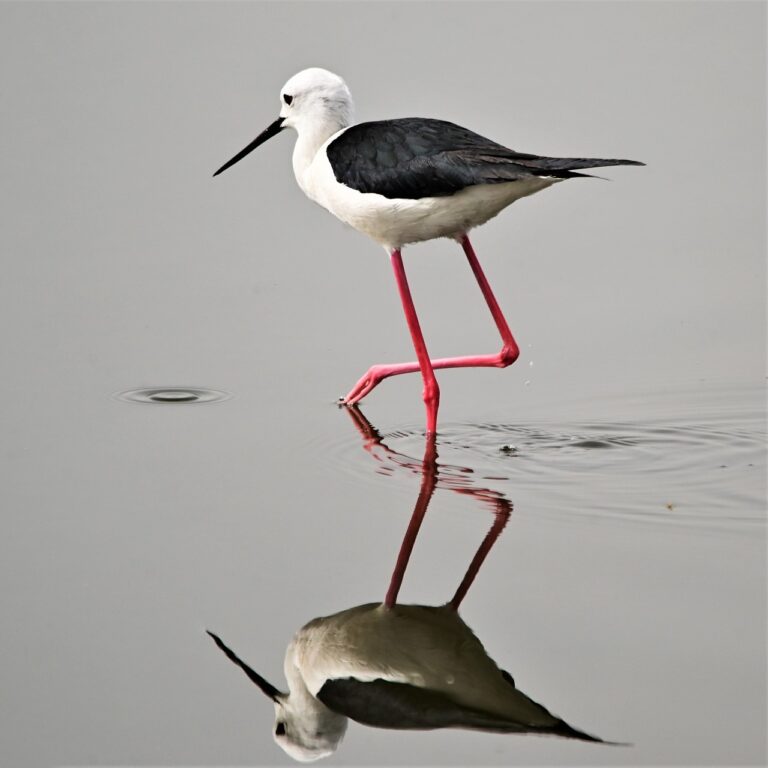
A stilt in Ma’agan Michael. (Photo: Uriel Levy)
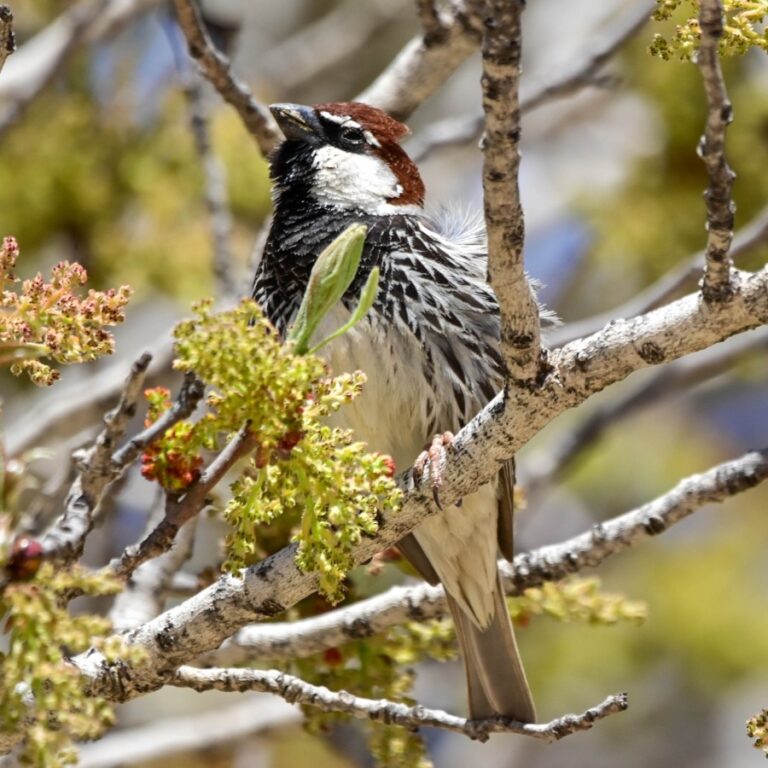
A Spanish sparrow on an Atlas pistachio tree in the Lotz Cisterns archaeological site in the Negev. (Photo: Uriel Levy)
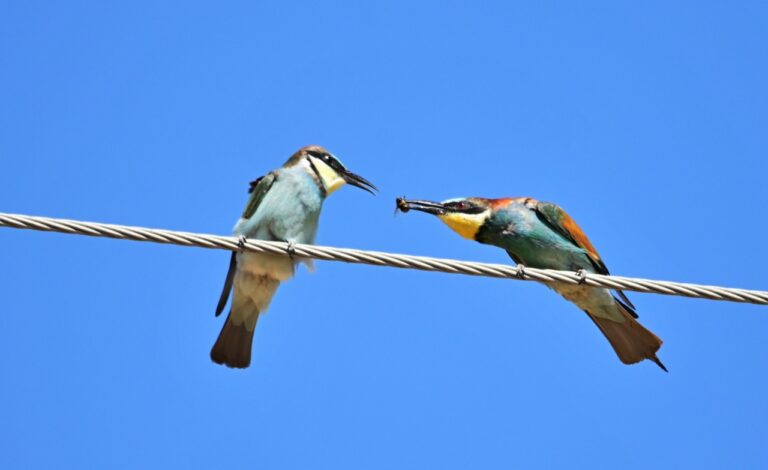
A European bee-eater serves a carpenter bee to its adolescent offspring in the Golan Heights. (Photo: Uriel Levy)
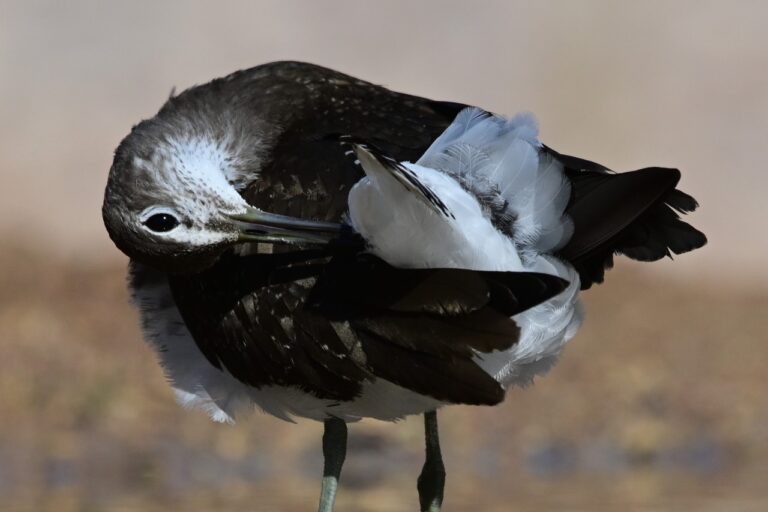
A green sandpiper at the Eilat Ornithological Park. (Photo: Uriel Levy)
This article was translated from Hebrew by Benji Sharp.
